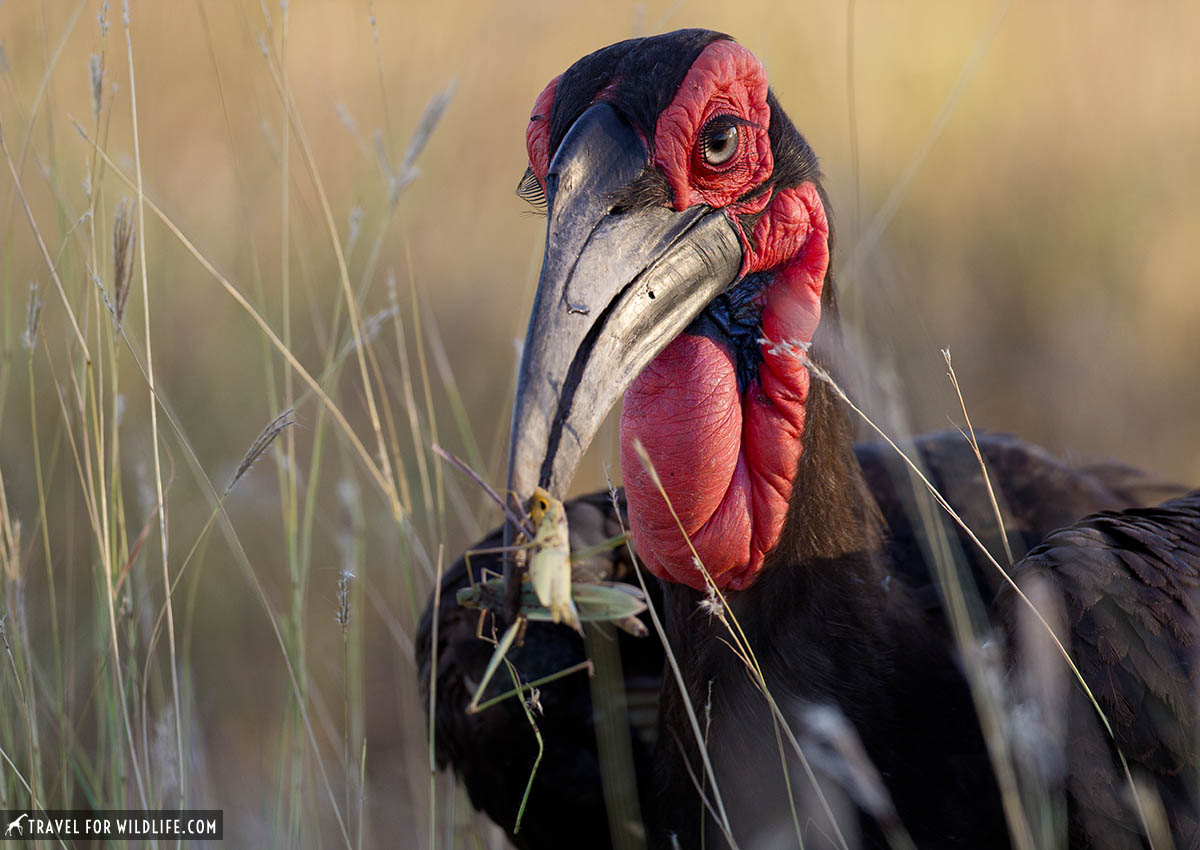
Kruger National Park, situated in South Africa, is famous for its extraordinary biodiversity, particularly regarding its birdlife. With more than 613 bird species recorded, it ranks among the most prolific birdwatching locales in Southern Africa. This variety is due to the park’s extensive array of ecosystems, which encompass savannas, woodlands, and wetlands.
One of the prominent bird species found in Kruger is the Ostrich, the largest bird globally, which is easily visible in open spaces. Francolins and spurfowl, including Swainson’s and Natal spurfowl, are frequent and often heard before seen, recognized by their distinctive calls. Waterfowl thrive around the park’s rivers and dams, featuring species such as the African pygmy goose along with various ducks and geese.
Jacanas, especially the African Jacana, are distinguished by their long toes and can frequently be spotted on lily pads. Grebes, including the Little Grebe, are also present in the area. Storks, such as the White and Marabou storks, can be found in proximity to aquatic environments. Herons and egrets, including the Black-headed heron, are common along the wetlands.
The park hosts the remarkable Secretary Bird, a ground-dwelling raptor, along with the vocal Lapwings, such as the Blacksmith Lapwing. Sandgrouse, including the Double-banded sandgrouse, are observed near water sources. Doves, such as the African mourning collared dove, are prevalent.
Kruger is a paradise for owl lovers, featuring 12 species, including the elusive Pel’s Fishing Owl. Rollers, like the Lilac-breasted Roller, contribute vibrant hues to the scenery. Kingfishers, such as the Giant and Woodland kingfishers, are located near water bodies.
Bee-eaters, including the Southern Carmine and White-fronted bee-eaters, represent a colorful feature. Hornbills, such as the Southern ground and Southern red-billed hornbills, are easily noticed due to their distinctive beaks. Shrikes, including the Magpie Shrike, and swallows, such as the Barn Swallow, are also present.
Starlings, including Burchell’s and Greater Blue-eared starlings, are abundant. Oxpeckers, recognized for their mutualistic association with large mammals, are represented by the Red-Billed Oxpecker. Weavers, such as the Southern Masked Weaver, are noted for their elaborate nests.
Barbets, including the Crested and Black-collared barbets, are fruit-eaters found in forests and savannas. Woodpeckers, such as Bennett’s Woodpecker, inhabit deciduous woodlands. Orioles, like the Black-headed Oriole, tend to be solitary and found within forest canopies.
Drongos, particularly the Fork-Tailed Drongo, are audacious and easily identified by their forked tails. Babblers, including the Arrow-marked Babbler, are often seen in small groups. Queleas and bishops, such as the Southern Red Bishop, gather in large flocks.
For those passionate about birdwatching, Kruger National Park provides an unmatched opportunity to view a varied assortment of bird species in their natural environments, making it an essential location for birdwatchers.